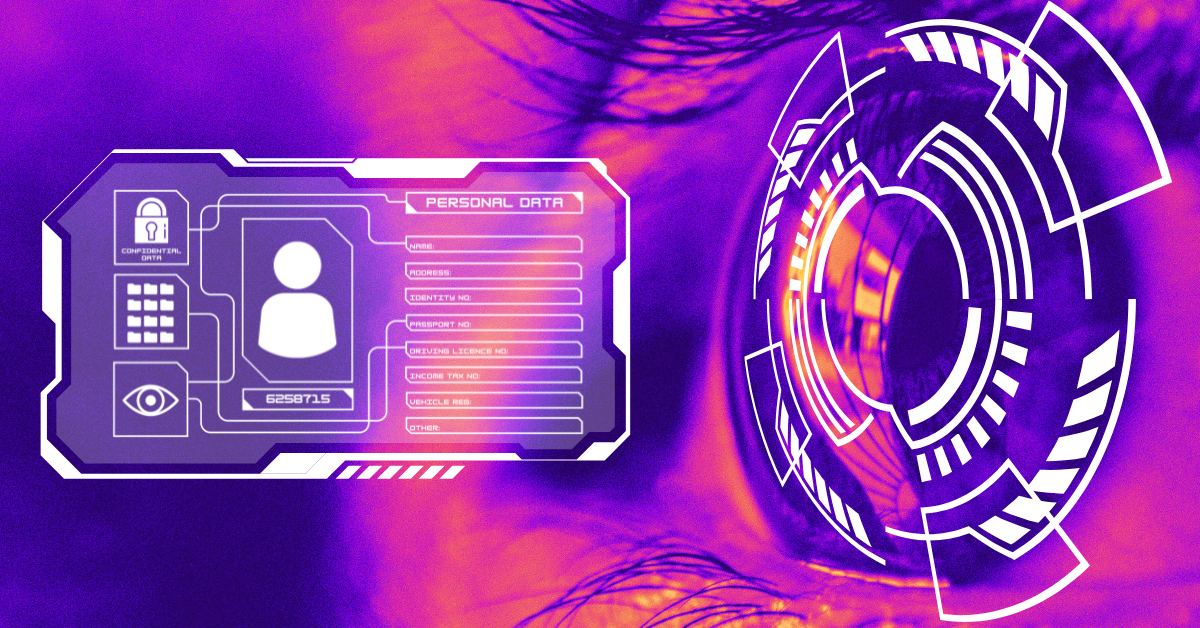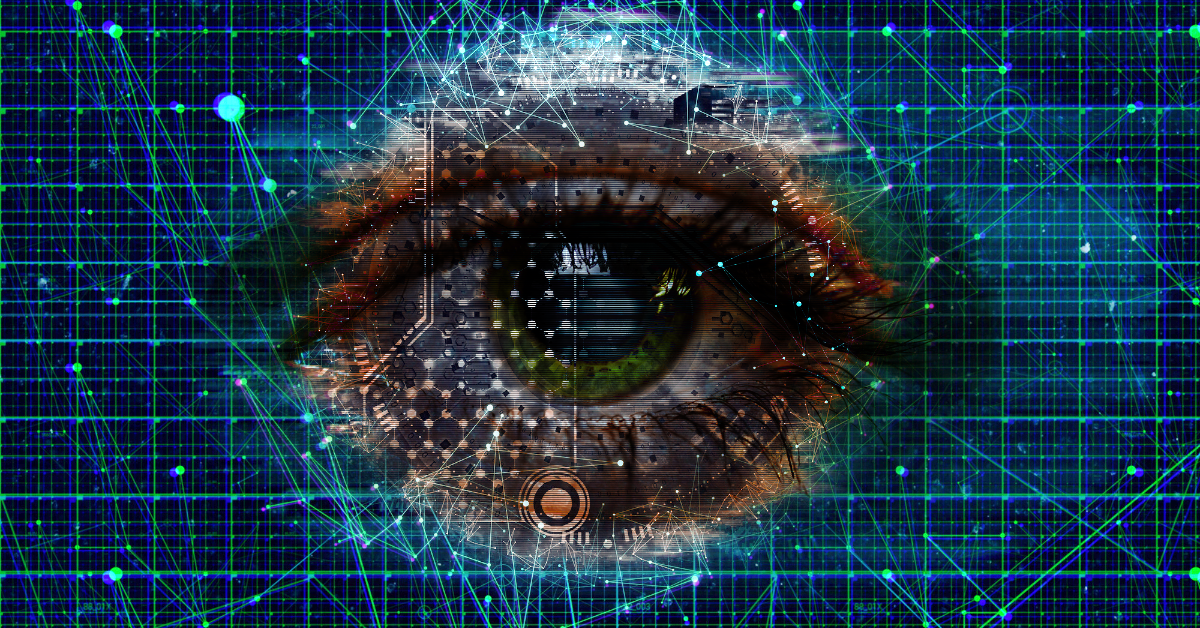Categories
Iris recognition is a highly accurate biometric technique that leverages the intricate patterns within the human iris to authenticate identity. Using advanced imaging—primarily near-infrared (NIR) technology—and complex pattern analysis algorithms, iris-based systems can achieve extremely low false match rates, down to 1 in 1.2 million.
From immigration controls to personal electronics, iris recognition technology is redefining secure access. This article provides a deep dive into how it works, its algorithmic foundations, implementation details, applications, and the challenges that accompany it.

Iris recognition refers to the biometric analysis of the colored ring surrounding the pupil. Systems capture an image of the iris, extract its unique texture features, and compare them to stored templates to determine identity with high precision.
The iris forms in utero and contains patterns such as furrows, rings, and crypts that remain stable throughout life. These structures are shaped by random environmental influences rather than genetics, meaning even genetically identical individuals have different irises.
To identify an individual, iris recognition systems encode the iris pattern into a digital format. The most widely adopted method—developed by John Daugman—uses two-dimensional Gabor wavelet transforms to generate a binary template of 2048 bits. This template captures phase data while minimizing sensitivity to brightness.
A match is determined using the Hamming distance—a measurement of bit difference between two templates—with a threshold around 0.32 used to confirm identity.
Modern iris-based authentication follows a precise process that converts eye images into secure biometric templates.
Devices use near-infrared cameras operating at wavelengths between 700–900 nm to obtain clear iris images, even for darker eye colors. Subjects typically stand 20–30 cm from the sensor, and cameras must capture a resolution with at least 100 pixels across the iris diameter.
Sensors need a signal-to-noise ratio (SNR) ≥40 dB for clarity.
Dual-wavelength NIR LEDs (e.g., 850 nm) ensure safety and penetration, per IEC 62471.
15-30 fps frame rates handle eye movement.
The recognition process follows a structured sequence:
Sophisticated algorithms drive the accuracy and efficiency of iris recognition systems.
John Daugman’s foundational algorithm uses multi-scale Gabor wavelets:

To improve performance in noisy or uncontrolled environments, many systems integrate deep learning. Convolutional neural networks (CNNs), such as ResNet-50, enhance segmentation and feature extraction. These approaches demand extensive datasets—typically exceeding 100,000 iris images—and powerful training infrastructure.
Iris recognition serves diverse sectors, leveraging its precision for secure identification. Here are a few examples:
Border control, defense installations, and research facilities employ iris recognition due to its exceptionally low false acceptance rates. For instance, systems like IrisGuard in the UAE process millions of identity checks annually.
Smartphones, including models like the Samsung Galaxy S9, use compact NIR sensors for rapid and private iris-based unlocking. On-device computation ensures that personal data never leaves the device.
India’s Aadhaar program, one of the world’s largest biometric ID systems, includes iris scans for over a billion citizens. The system processes more than 50 million verifications daily using both fingerprint and iris biometrics.
Despite its strengths, iris-based systems are not without complications.
Dedicated iris scanning hardware is often expensive—ranging from $500 to $2000. Smartphone integration helps offset costs by utilizing embedded NIR components.
Innovative developments are rapidly expanding the usability and performance of iris authentication.
New technologies like Iris on the Move from Carnegie Mellon enable identification at distances up to 2 meters with 90% accuracy. These systems use high-resolution imaging and image enhancement to maintain detail from a distance.
Iris recognition is increasingly combined with other modalities such as facial or voice recognition. In fusion models, iris data typically contributes 60–70% of the final match score, increasing both precision and resilience.
GANs (generative adversarial networks) produce realistic synthetic iris images for training AI models, helping to overcome dataset limitations. Transfer learning enables pretrained networks to adapt to new demographics and lighting conditions.
Advances in sensor design and processing efficiency are making iris systems viable for mainstream use. Low-cost implementations leveraging mobile-grade hardware are demonstrating >95% accuracy using components costing under $100.
Iris recognition stands at the intersection of biological uniqueness and algorithmic rigor, offering one of the most secure methods of verifying identity. Its unparalleled accuracy and consistency make it ideal for security-critical applications. While issues around user privacy, cost, and spoof prevention remain, ongoing research in AI, long-range imaging, and multimodal integration promise a future where iris authentication becomes both ubiquitous and trusted.
As innovation continues, the human eye may very well be our most secure and natural digital passport.